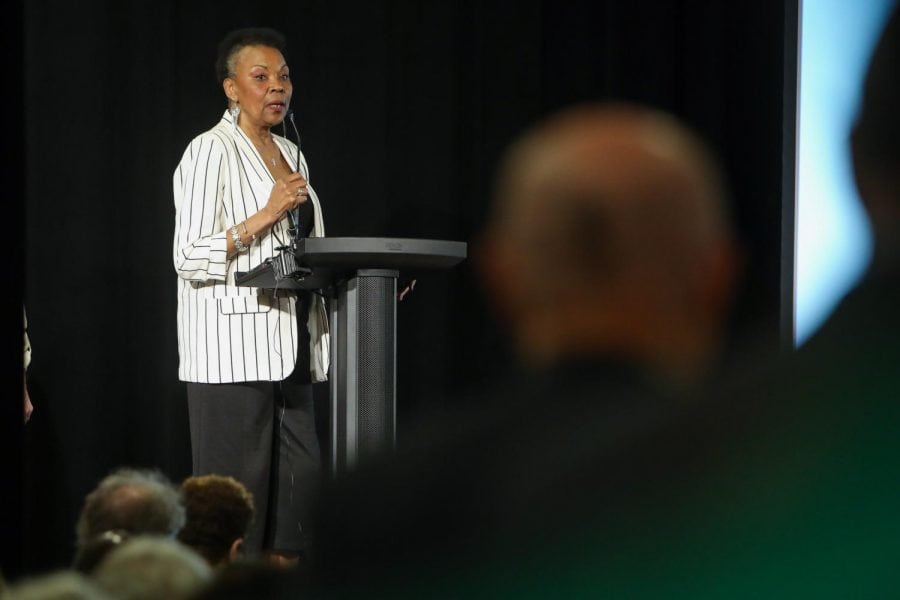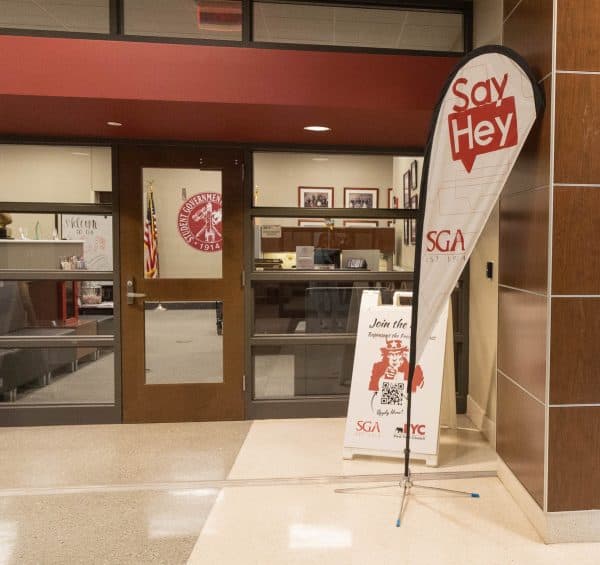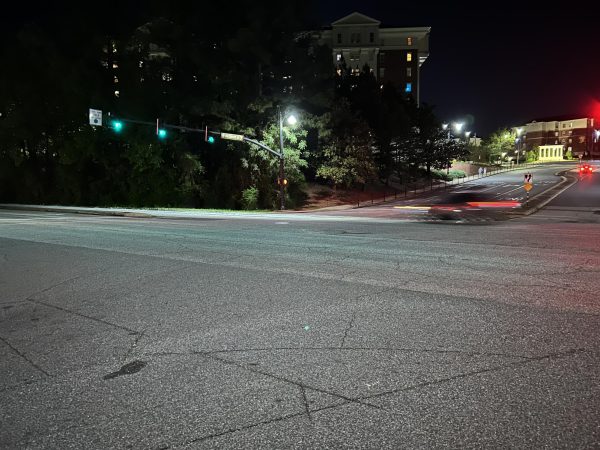Tuscaloosa Civil Rights History Trail unveiled
Betty Duncan Wells was in high school when the civil rights movement began to unfold in Tuscaloosa.
June 11, 2019
Betty Duncan Wells was only a ninth grader in 1964. But even though she was so young, she was very aware of the racial tension of that time.
Wells would often accompany her father, David Duncan Sr., to the mass meetings of the Tuscaloosa Citizens for Action Committee, a group formed to challenge racial discrimination.
“I knew that we were marching,” Wells said. “I knew we were boycotting, closing down stores that would not hire African Americans, we closed the bus down – I knew of all of that. So I was very much aware of what was going on.”
However, Wells said she never thought that she would see something like the unveiling of a walking tour commemorating the struggle she saw firsthand.
The Tuscaloosa Civil Rights History Task Force celebrated the unveiling of the new Tuscaloosa Civil Rights Trail at the Dinah Washington Cultural Arts Center on Monday.
Over three years of research went into the creation of the trail, which includes 18 historical locations in Tuscaloosa where notable events concerning the history of racial inequality, the Civil Rights Movement and cultural achievement took place.
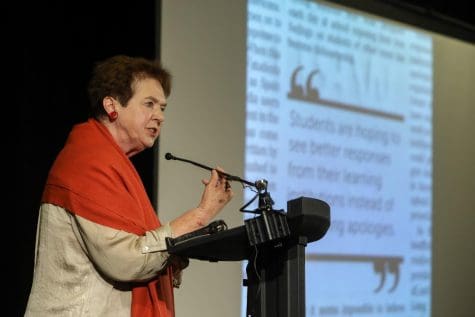
Nancy Callahan of the Tuscaloosa Racial Reconciliation Initiative showed local news coverage and student columns that detailed a need to address historical and present-day racism.
The downtown trail highlights various locations, including where Civil Rights demonstrations took place, such as marches, sit-ins and bus boycotts. Among the locations are areas of cultural achievement, such as the Dinah Washington Cultural Arts Center, named after the renowned jazz singer Dinah Washington, who was born in Tuscaloosa.
Wells is now a member of the Tuscaloosa Racial Reconciliation Initiative, a group dedicated to helping the community navigate racial conflict and educating others on the history of racism. She said it is imperative that the historical significance of these locations be passed on to future generations.
“I can still feel the sacrifices made by so many during this very dangerous but fearless time,” Wells said. “We need to learn from our past by keeping the stories alive and passing them on to our children and letting this younger generation be more aware of what we have gone through.”
One notable location on the tour recognizes an anti-segregation march in Tuscaloosa on June 9, 1964. The march, called “Bloody Tuesday,” was a protest against segregated drinking fountains and restrooms in the county courthouse that ended with marchers being teargassed, beaten and arrested.
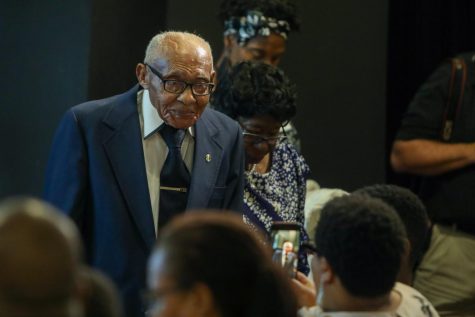
Civil rights activists Lonnie, 100, and Clara Neely, 99, led the crowd in singing “Swing Low, Sweet Chariot.”
Tuscaloosa Mayor Walt Maddox said this new trail will help to improve cross-cultural relationships in the community and instill a continuing hope among those who walk the trail.
“When we face those challenges in life, when we face the impossible grief, the the uphill struggle that seems to never end, the problems that never seem to come masking, we know, we saw it here in Tuscaloosa and we can see it throughout our community that there is always hope,” Maddox said.
Scott Bridges, president of the Tuscaloosa Civil Rights History Task Force, said that recognizing historical events, even the sometimes shameful and painful ones, is a vital part of bringing awareness and change within the community.
“[Segregation] was a terrible mistake and demands a responsible and committed review because history is a resource of patterns,” Bridges said. “Our understanding of these patterns helps us shape the future. If we do not know and understand these patterns, how can we successfully address today’s racial issues?”
The task force did a survey of Tuscaloosa residents, asking them to identify local Civil Rights sites. The survey showed that only one site was recognizable to the majority of those surveyed, which was Foster Auditorium, where George Wallace made his famous Stand in the Schoolhouse Door in an attempt to prevent African American students from integrating the University.
“Change takes awareness,” Bridges said.
The trail will eventually be expanded to include historical locations around The University of Alabama and Stillman College.

